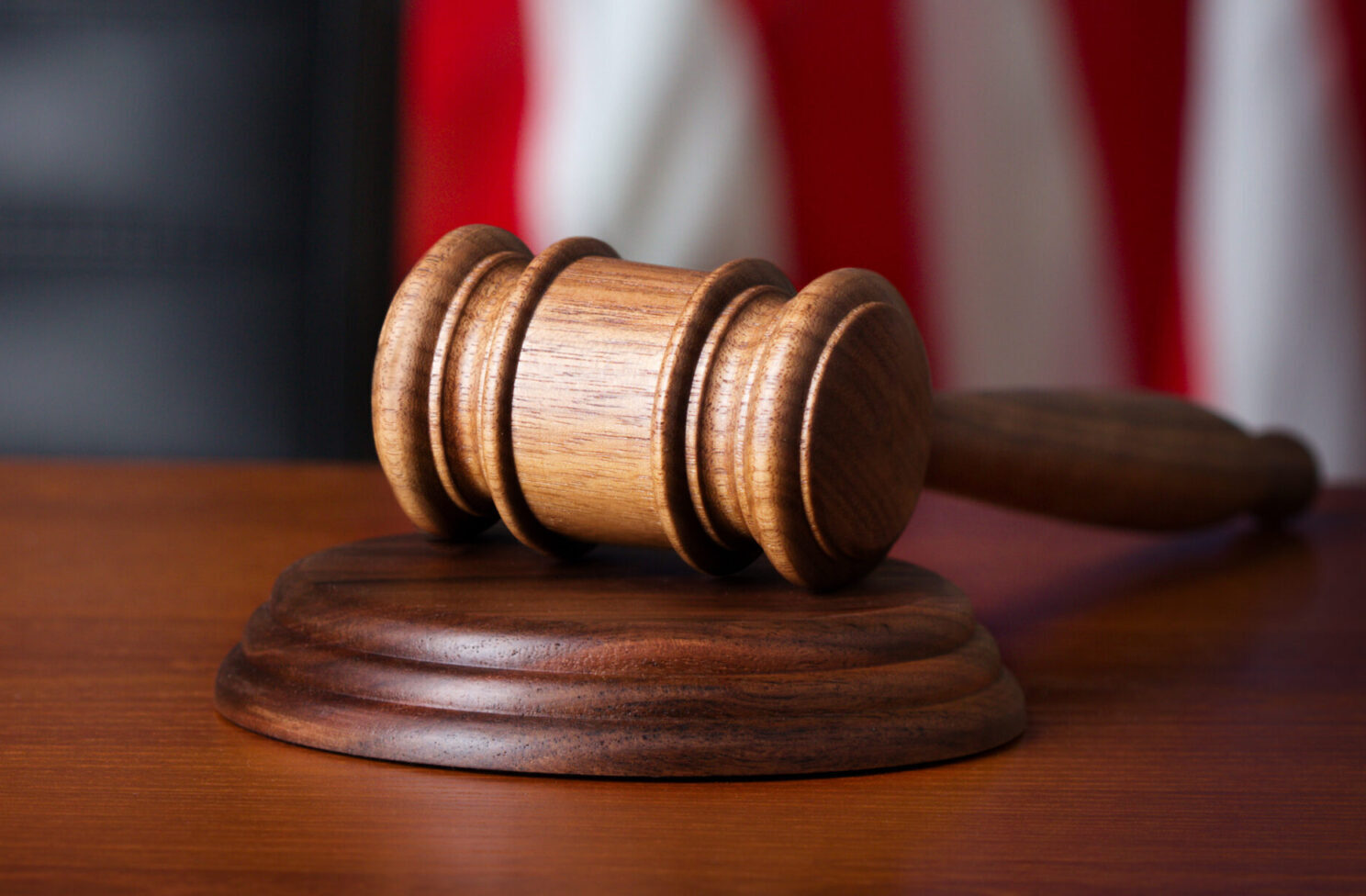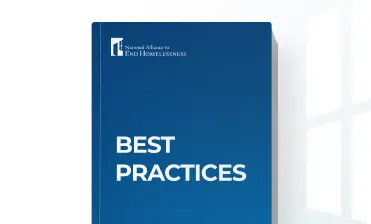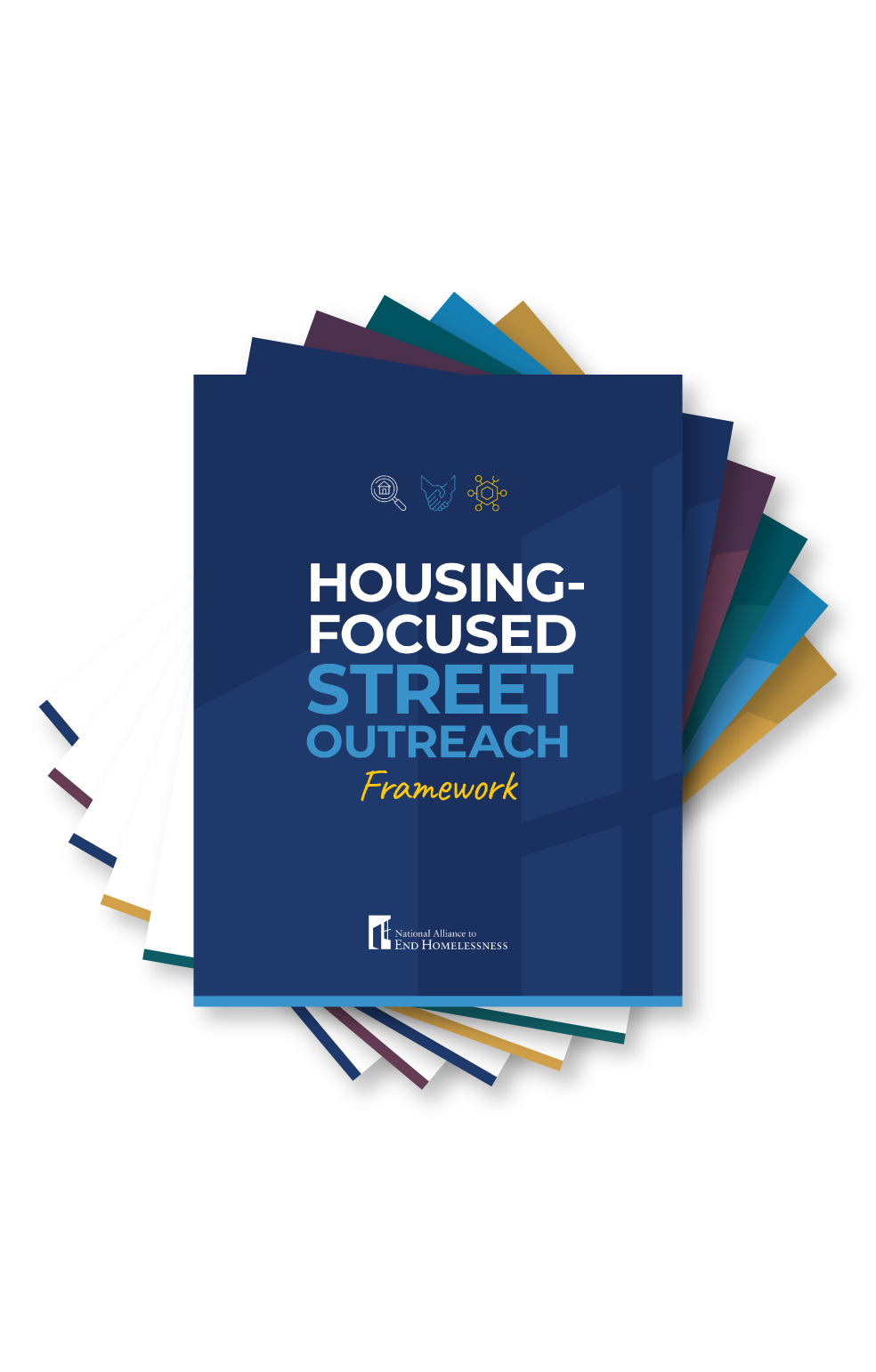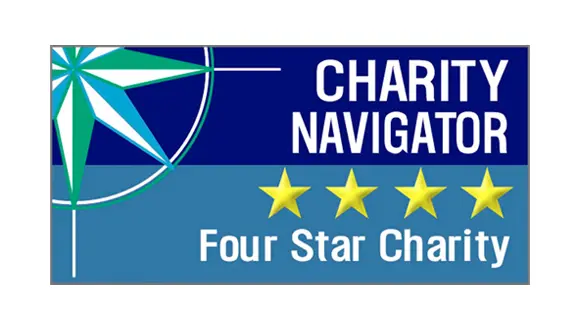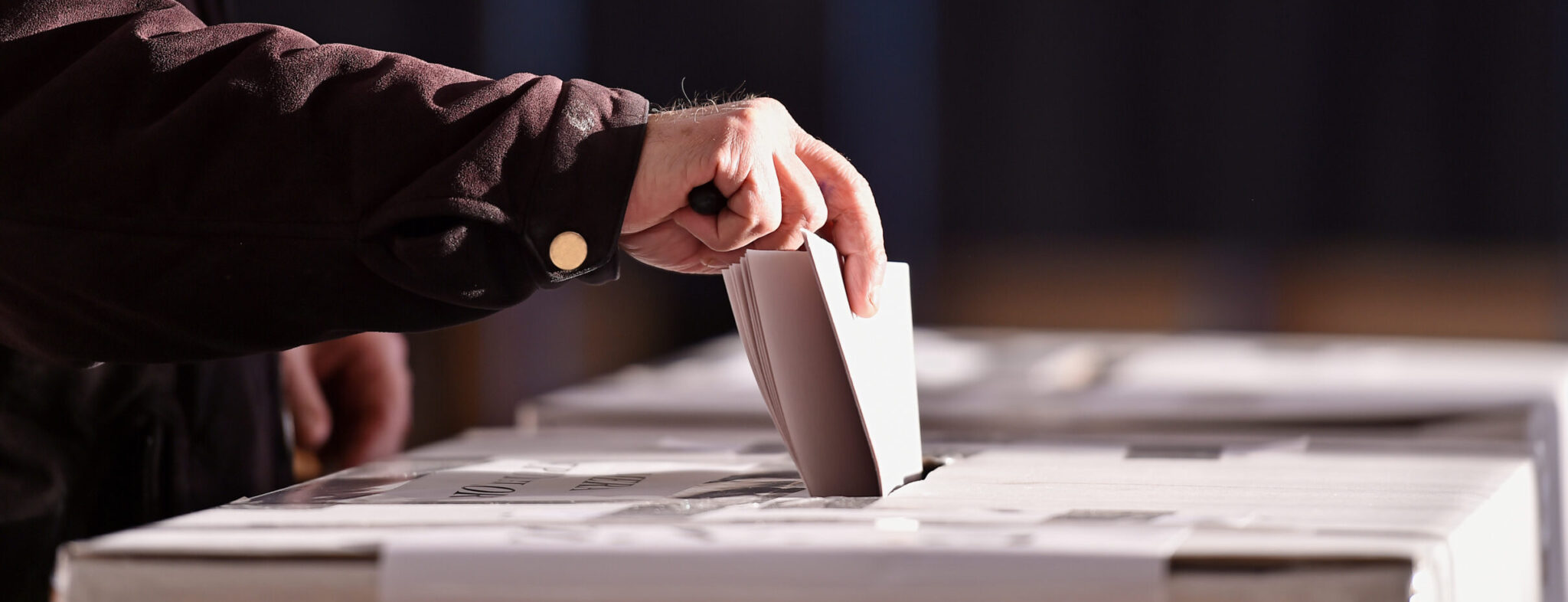The White House issued an Executive Order on July 24 about homelessness and related topics. The Alliance, along with many others, immediately condemned the Executive Order: it would dismantle the foundations of homeless response and further dehumanize people experiencing homelessness.
The Order would impose a multitude of harmful, ineffective, and outdated policies and practices for addressing homelessness. These include attacks on Housing First, calls for forced institutionalization, and the elimination of fundamental privacy protections for people experiencing homelessness.
This Executive Order will, undoubtedly, make homelessness worse; not everyone will feel the impacts equally. The Order will further increase disparities for people with disabilities, young people who identify as LGBTQ+, older adults, and people in rural communities. Race and ethnicity will further compound harm for any individual in these groups.
Collectively, these items aim to defund and dismantle the foundations of homeless response in the United States, while retreating from the federal government’s essential role in supporting communities across the nation.
Interpreting an Executive Order
The Alliance strives to be a steady voice during this turbulent time. That includes ensuring that people working to end homelessness have access to guidance, analysis, tools and more.
To that end, the Alliance is now beginning a series of short blog posts to provide more detail on the most concerning parts of the Executive Order so people working to end homelessness are informed as possible about its implementation.
To start this series off, I’ll provide some basic context regarding Executive Orders generally.
What is an Executive Order?
An Executive Order is direction from the President to people within their administration, designed to ensure that it implements a policy direction the President desires.
What is its legal effect?
The Executive Order, in itself, usually has no legal effect. Its enforcement is limited to the President’s ability to fire the officials it’s directed to, if they don’t carry out the actions of the Executive Order. This Order specifically names the U.S. Department of Housing and Urban Development (HUD), the U.S. Department of Justice (DOJ), the U.S. Department of Transportation (DOT), and the U.S. Department of Health and Human Services (HHS), so enforcement would rest upon those Secretaries/Attorney General and other high-level federal staff.
Actions taken by those officials implementing the Executive Order, however, may have different kinds of legal effects.
What can’t an Executive Order do?
- Order someone who the President doesn’t have authority to give orders to (e.g., state governments, nonprofits, etc.)
- Order someone who doesn’t have authority to do the action ordered.
- Order someone to do something that violates the law.
What happens after an Executive Order is issued?
The people who are directed to act on an Executive Order consult with their advisors, with White House staff, and perhaps with the President. These people, typically high-level federal staff, would clarify any potential ambiguities regarding what they are directed to do, determine what actions would maximize the President’s policy goals and their own interests, and assess whether there are legal prohibitions to implementing this Executive Order.
Can the courts stop an Executive Order?
Litigation doesn’t usually happen regarding the Executive Order itself, because the Order seldom has concrete legal effect. It’s usually federal agencies’ implementation of the Executive Order that is the subject of litigation. But litigation often does take place, since the President’s and Administration’s authority has legal limits that the courts can enforce.
Interpreting an Executive Order
The most important thing to know is that the Executive Order does not require action unless specific federal guidance is issued.
The Alliance will soon publish blog posts explaining each harmful component of the Executive Order, its implications, and what communities can do in this moment.
Please stay tuned for additional information!
Stay Updated: Solutions, Stories, and Ways to Make an Impact
Sign up to receive updates on the Alliance’s work, including the latest research, advocacy efforts, and real stories of progress — plus ways you can help drive lasting change.



